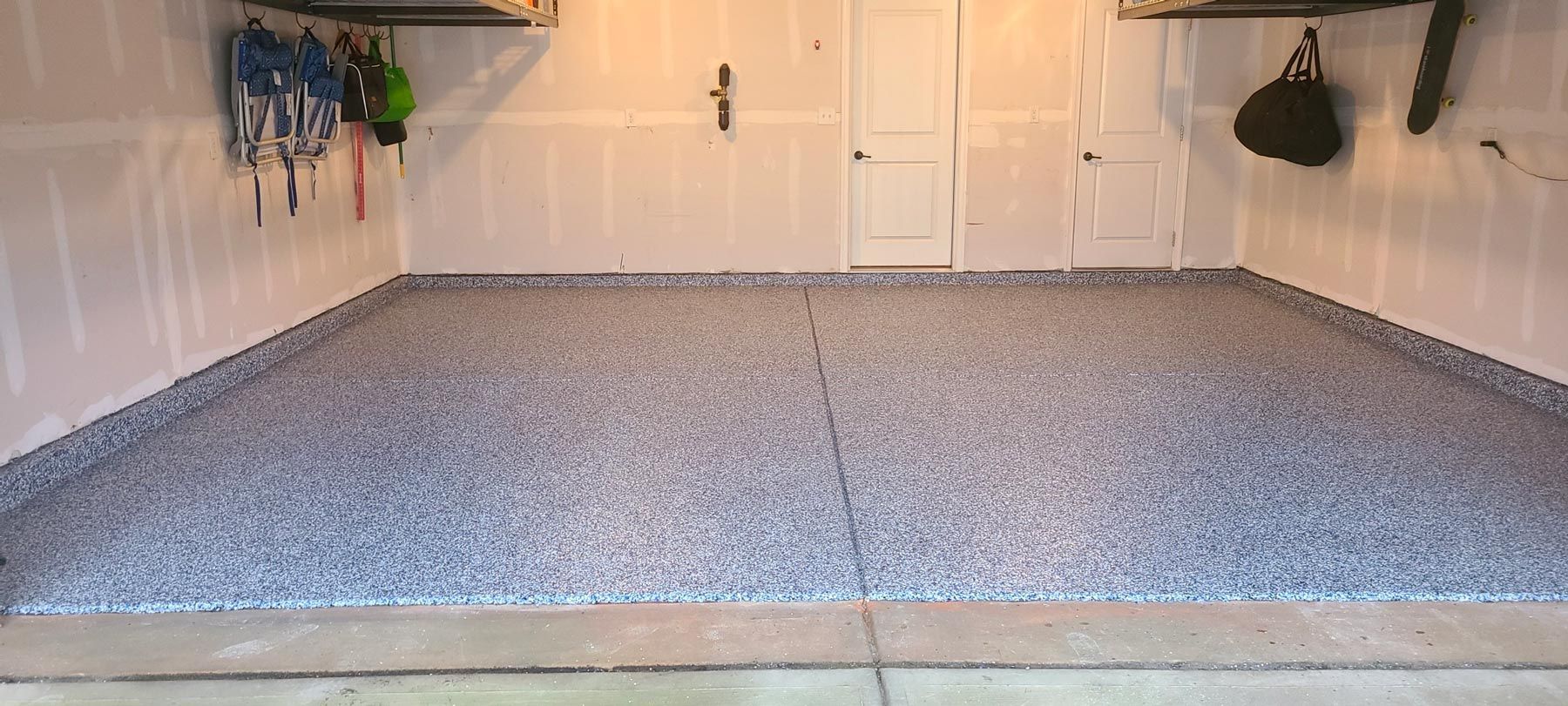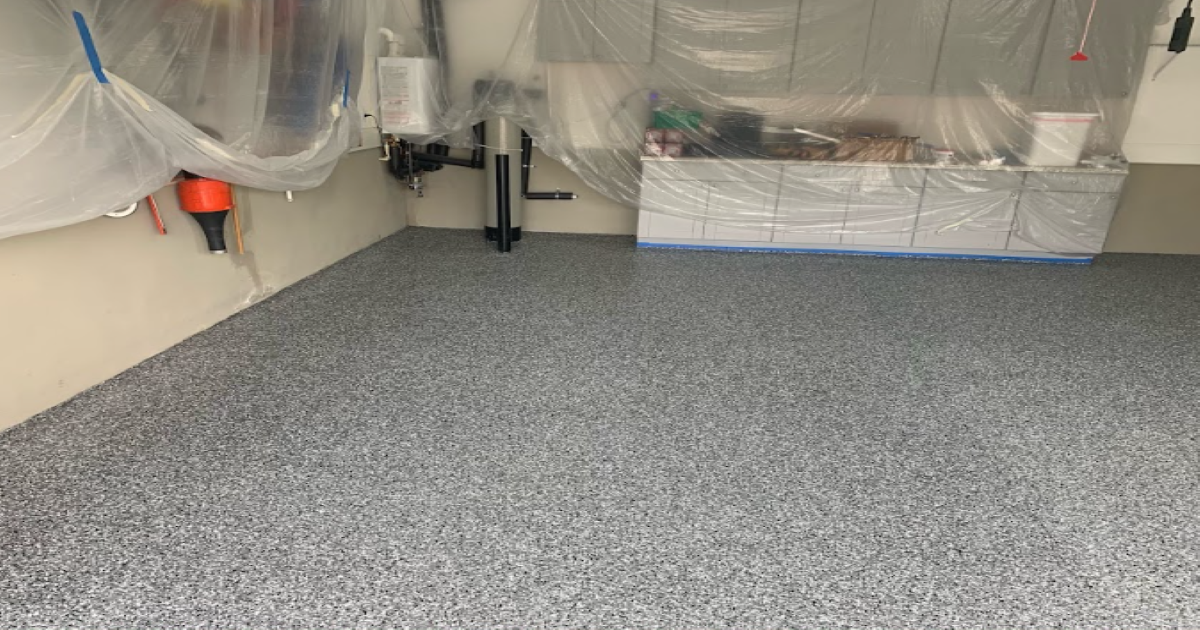Get Your Cracked Concrete Floors Repaired Before It’s Too Late
If you have cracked concrete floors, you must fix them as soon as possible. A hairline fracture is a minor imperfection that seems harmless but can quickly spread. Water will work its way into the crack, deepening and widening it, eventually destabilizing the slab.
Causes of Cracking
Cracking is natural with concrete. As the water in the mixture evaporates, the cement contracts, resulting in cracking. It’s worth noting that cracking can continue for years after installation.
This is part of the charm of this material and doesn’t impact the floor’s strength at all. However, there are several other reasons for a crack to appear, and not all are as innocuous.
Environmental Changes
Concrete can stand up to high pressure bearing down on it, but it is relatively inflexible. Because concrete does not bend or stretch, temperature extremes can wreck it. The cycle of freezing and thawing in cold climes can force water into the concrete, which then freezes and expands, creating cracks.
An epoxy top coat can protect the underlying medium, making it more resistant to temperature changes. Call the experts at Southeast Floor Maintenance today to schedule this service.
Foundation Issues
Moisture retention in the foundation may put undue stress on the floors, causing warping. You are especially likely to notice cracked concrete floors after severe rainfall. Shifting soil or subsidence can also cause cracks, as can tree roots impinging on foundation walls.
These scenarios are all serious causes for concern. You’ll need expert support to deal with the structural issues as soon as possible.
To What Issues Do Cracks Lead?
Nine times out of ten, hairline cracks are minor inconveniences at most. They’re easy to seal and will not impact the floor’s integrity. However, dealing with them quickly is wise because they trap dust and can expand if left untreated.
You must deal with deeper cracks that extend all the way through the slab immediately. Cracks in the slab can cut through the vapor barrier, which helps protect homeowners from dangerous contaminants.
Gases like radon could seep through, making people ill. Water vapor, while not inherently dangerous, can create condensation issues in the building.
Chips on the concrete surface provide a home for lurking bacteria. Any food spills that fall into the gaps are difficult to clean up, making the concrete unsanitary. Fissures can also pose a tripping hazard.
Can You Stop Cracking?
Professionals can stop cracks before they cause extensive damage. The Southeast Flooring Maintenance experts minimize cracking by incorporating elements to relieve the pressure on the concrete. This can include rebar to reinforce it, strategic gaps and underpinning, and similar techniques to lessen the stress on the concrete.
We also carefully prepare the surface on which we pour the mix. We even it out and compact it thoroughly to prevent subsidence later. Our team also pours the mixture during the cooler parts of the day so that the water evaporates at a slower, more even pace.
Other than that, there are different ways to prevent cracks, though they can be more expensive and not completely effective. These include:
- Inserting mesh won’t stop cracked concrete floors, but it will limit the damage
- Using a post-tensioned slab system is effective but requires a slab double the usual depth
Do I Need to Worry About My Cracked Concrete Floors?
Whether or not to worry depends on the nature and size of the cracks. Let’s go through what you might find:
- Hairline Cracks : You should fill in these surface defects as they can widen with time and collect dirt and grime. This is more of a cosmetic issue than a dangerous one, but worth fixing.
- Shrinkage Cracks : These occur during the curing time, but there is much you can do to minimize or avoid them altogether. Starting with a reputable contractor and using high-quality materials are the best ways to prevent excessive shrinkage.
- Settlement Cracks : These are alarming because they result from improper preparation. The concrete sinks in parts and is expensive to repair. You can avoid this by hiring a professional, reputable contractor.
- Structural Cracks : Where these run through the whole slab or where they are wider than a credit card, you must repair the concrete or replace it. Such repairs are usually expensive, so it’s best to tackle them earlier rather than later.
Receive Professional Advice
Are you concerned about your cracked concrete floors? Call Southeast Floor Maintenance at (704) 932-1122, and we’ll give you our professional opinion and schedule a consultation.


Contact Us Today!
We have the team and experience to make your floor look its best. Call us at 704-932-1122 or get a free quote online.
Our company’s goal and vision is to provide our customers with very good floor systems that provide them with the look and function they desire while meeting their budgets.
From epoxy flooring, one-day concrete coatings, concrete staining, concrete polishing, and concrete resurfacing, Southeast Floor Maintenance got you covered!
Services
Quick Links
All Rights Reserved | Southeast Floor Maintenance

